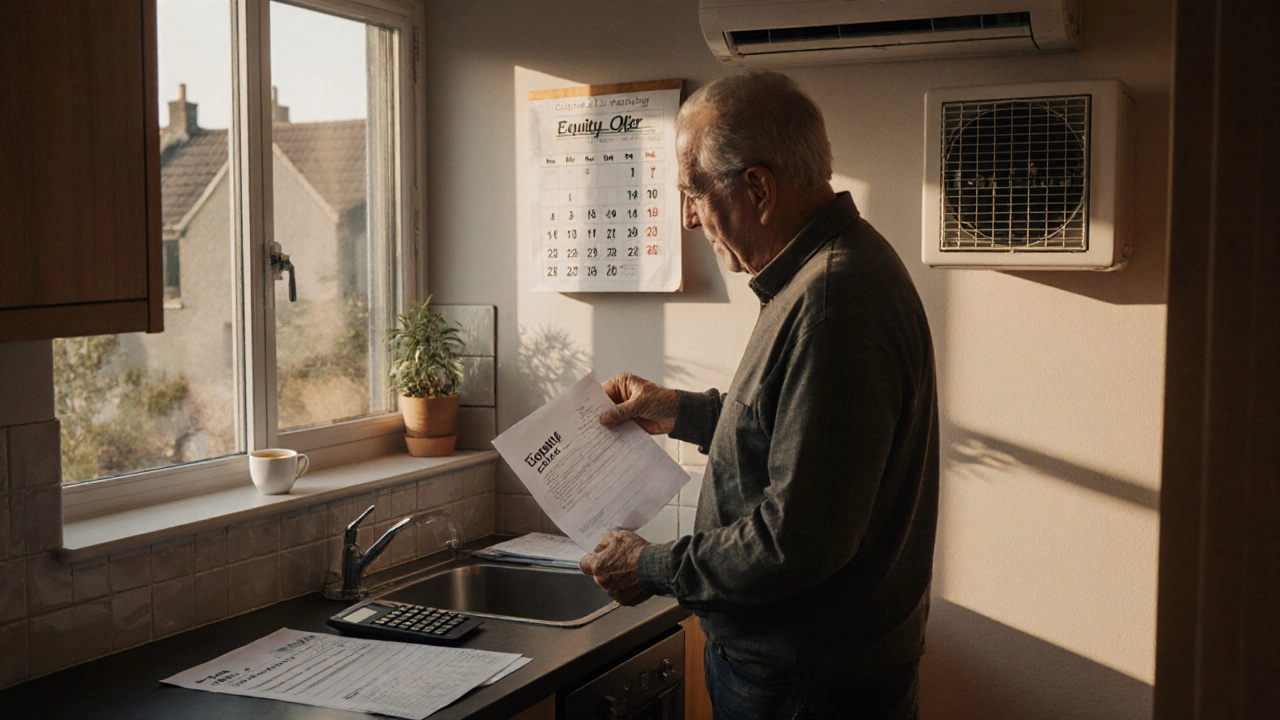Cash-Out Refinance: What It Is and When It Makes Sense
When you hear the term cash-out refinance, you might wonder how it differs from other home‑based borrowing options. In simple terms, a cash-out refinance, a mortgage replacement that releases equity as a lump‑sum payment, also known as a cash‑out refinance, lets you replace your existing mortgage with a larger one and pocket the difference.
This approach encompasses the idea of borrowing against the equity you’ve built, similar to a home equity loan, a fixed‑rate loan that uses your property as collateral. However, unlike a home equity loan, the cash‑out refinance rolls the new debt into your primary mortgage, often giving you a single monthly payment and potentially a lower rate.
Key Factors You Need to Check
Before you decide, consider three core attributes that shape the outcome:
- Credit score: Lenders evaluate your credit history to set the terms. A higher score usually means a better interest rate, the cost of borrowing expressed as a yearly percentage, which directly influences how much cash you can pull out.
- Loan‑to‑value (LTV) ratio: This measures the new loan amount against your home’s current market value. Most lenders cap cash‑out refinances at around 80% LTV, so the more equity you have, the more cash you can access.
- Closing costs: Refinancing isn’t free. Expect fees for appraisal, title work, and other admin tasks. These costs can be rolled into the new loan, but they reduce the net cash you receive.
Understanding these attributes creates a clear semantic triple: cash-out refinance requires a solid credit score, interest rates affect the overall cost, and equity determines the borrowing limit. When all three line up, the strategy can fund big expenses like home renovations, debt consolidation, or education without selling the property.
It’s also worth comparing cash‑out refinance with a home equity line of credit, a revolving credit account secured by your house. A HELOC offers flexibility—draw as needed, pay interest only on what you use—but often comes with variable rates that can jump. In contrast, a cash‑out refinance locks in a fixed rate for the entire withdrawn amount, which many borrowers prefer for budgeting certainty.
Another related entity is mortgage refinancing, the broader process of replacing an existing mortgage with a new one. Cash‑out refinance is a subset of this broader category, distinguished by the goal of extracting cash rather than merely lowering the rate or extending the term.
When evaluating options, ask yourself: Do I need a one‑time cash infusion or ongoing access? Am I comfortable with the upfront costs? Can I sustain the new monthly payment? Answering these questions helps you match the right tool to your financial situation.
Below you’ll find articles that dig deeper into each of these points—real‑world examples, cost breakdowns, and step‑by‑step guides to help you decide if a cash‑out refinance is the right move for you.

Taking equity out of your house can help with big expenses-but it risks your home. Learn when it's smart, when it's dangerous, and what alternatives you should consider instead.
Read More
Taking equity out of your home can help with big expenses, but it also carries serious risks. Learn how it works in Ireland, the real costs, when it makes sense, and safer alternatives.
Read More